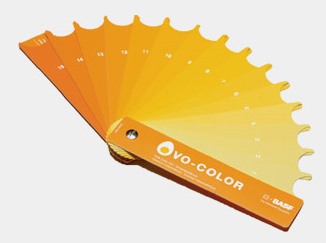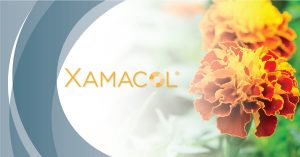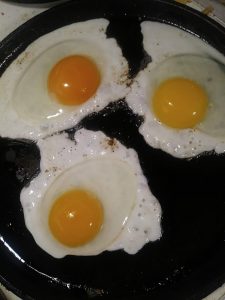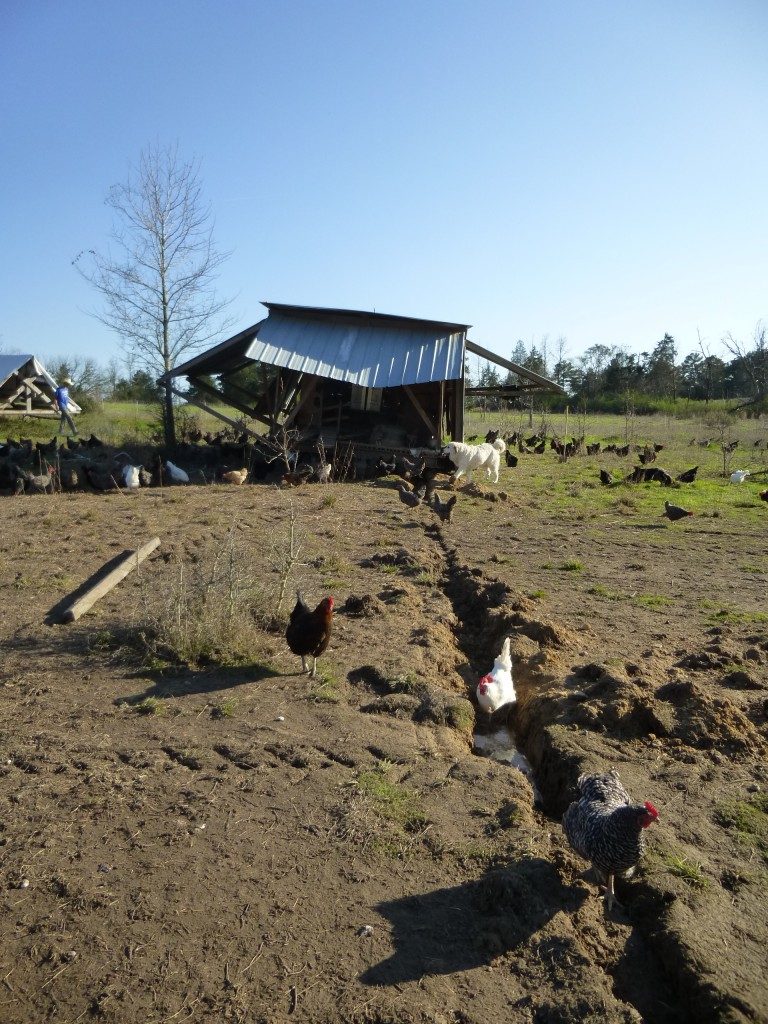Our journey started 14 years ago, and in that short time, pasture-raised foods went from unheard of to wildly popular to what I might describe as “enhanced.” What I mean is that it wasn’t enough to just have a return to bacon or milk or bone broth. Now things like turkey bacon or ultra-filtered milk or bone-broth protein powder are in vogue.
Any turkey farmer could tell you—there’s not a muscle in that bird that resembles bacon. Not even close. Birds don’t make bacon. And milk doesn’t come out of the cow at half the fat and sugar and double the protein. What about protein powder? What is that stuff, really? Ground freeze-dried steak? It’s generally my philosophy that if I couldn’t figure out how to make it in my own kitchen, it’s probably not a good idea to be eating it… Just because some scientist says that what you really need is more protein, doesn’t mean you manipulate nature to get it. Now I realize that may step on some toes, and I cannot claim our diet is totally sourced out of our backyard. Nope! It’s definitely a balance, and I’m still working on improving things as I master various components of achieving a healthier lifestyle. But I say this in order to encourage you to really think through each ingredient you use, especially those more expensive ones that you’re using expressly to be healthier, and make sure it makes sense.
After all, everything is “natural” when it comes down to it. I mean, humans source all our ingredients on Earth. Even if ingredients came from Mars, there’s really no such thing as not from the “natural” world. What we really mean by natural, when it comes to food, is that it’s not synthesized or artificial.
So when does Natural become Unnatural?
One practically-unknown practice is egg yolk color enhancement. There is a product out there that is sold in much the same way as house paint. The farmer can get a little book of “chips,” and decide precisely which shade of yellow-orange he wants his eggs to be. He then calculates the amount of the powder he needs to add to the feed. Voila! Beautiful, appealing, golden yolks.

I think we could all agree that THAT is unnatural.
But what about “natural” methods of color enhancement? Some enhancement could be considered incidental and unintentional. For example, feeding yellow corn instead of white corn will impart an orange hue to the yolks… naturally? Sure. The chickens need to eat some carbohydrates. Corn is actually a pretty decent choice (assuming it’s not genetically modified!). If it happens to be yellow, the chicken can’t help but pick up those beta carotenes. It’s how she was designed.
But what about non-nutritive natural products that are added *just* to enhance color. That’s the only reason they’re there. Is that “natural?” A common practice is calendula petals. AKA Marigolds. Well, flowers are surely natural! The yellow in the flower ends up as the yellow in the yolk. Is it harmful? Maybe not. But is it NATURAL?

We have to ask … why? Why do we need to add that? Consumers are expecting a nice golden hue, and you even hear it said that the darker the yolk, the healthier the hen.
But isn’t that just a little like having an athlete on steroids? He couldn’t really do that without the crutch. It’s not natural strength. It’s artificial. Even if it’s a “natural” substance making things so.
So what about Shady Grove Ranch? Well, if you’ve been buying eggs from us for a while, you might remember that time a few years ago that it rained cats and dogs and maybe some elephants and hippos, too, and our egg-mobile got stuck on the downhill side of a levee that was bursting at the seams with overflowing pond water. The egg-mobile got stuck deep in mud, and the tractor with it. I think there may even have been a second tractor involved!
We finally had to just wait until the ground dried up to move the egg house. So the chickens ran out of live vegetation for a time. And the yolks told the story. They got quite pale that season. We tried to explain to our customers. We were and still are rather small, so we were able to speak directly with our customers about the issue, and they were generally glad to continue buying in spite of the lighter yellow they were seeing.
Where does that hue really come from, anyway? It’s supposed to come from the green pigment in live grasses! Anyone familiar with real pasture-raised eggs knows the richness of color they can see in springtime, but also the variation in color that is associated with natural husbandry.
That’s the story this photo tells. Here are 3 eggs, collected on the same day, from our two active flocks of laying hens.

That’s quite a difference in color, if you ask me! Maybe one of those chickens deserves a promotion for her go-get-em attitude. But I’d take a real pasture-raised egg, light yellow or otherwise, over an artificially-colored commercial egg any day.
Eggs are a little tight this season, but production is rising daily with the longer days. I’ve just replenished the online store inventory, and we’ll be here at the ranch all week, including Saturday, if you’d like to make a trip to the farm to stock up. We’ve got lots of other good stuff in stock, too!
Thanks for reading!
Jerica
As a homeschool mom, I often ponder what’s wrong in today’s systems, and how do I figure out what is most important in raising my own children and nurturing my family.
When I was younger I used to post compelling little soundbites to social media about all sorts of things. Food, mostly. I guess it was because I was excited about all the things


